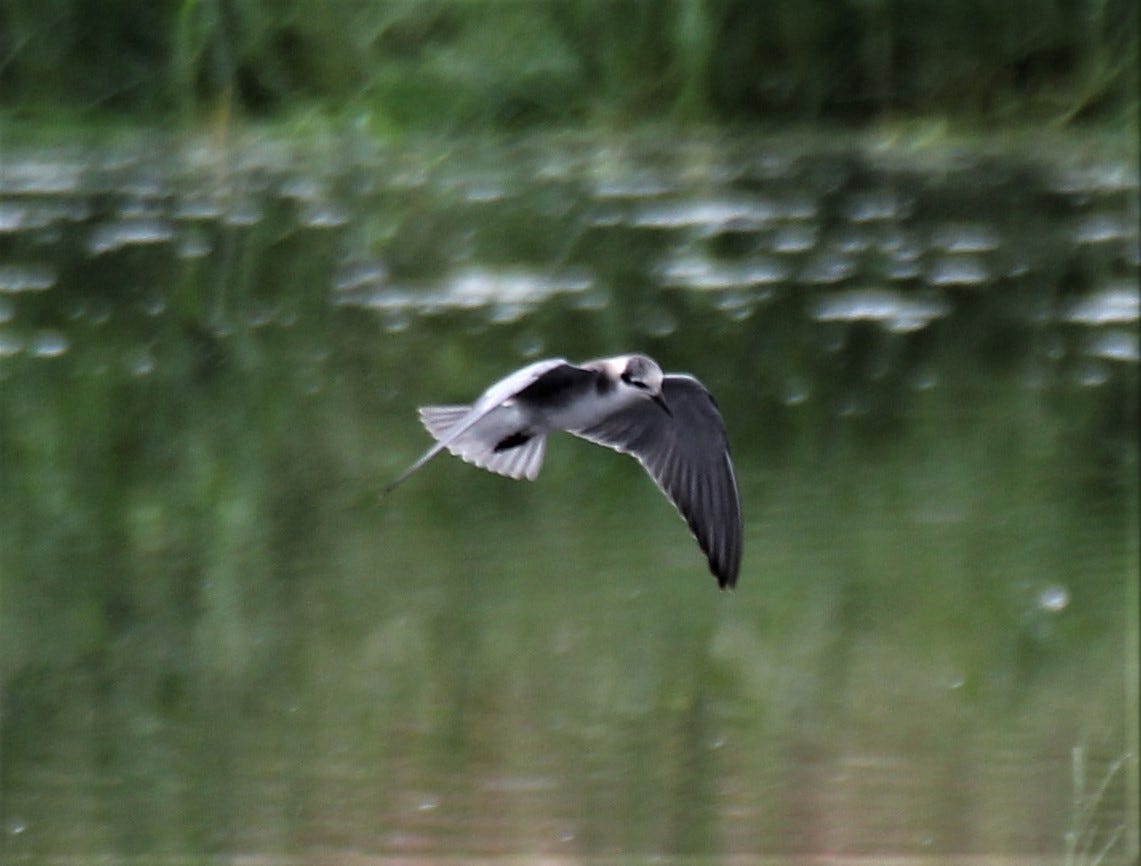
Day 514 of the Pandemic (August 14, 2021)
I rise early this morning, reluctantly change out of my pajamas, and join a group of birdwatchers at the nearby Sierra Vista Environmental Operations Park (SV EOP). The city’s sewage treatment plant comprises 50 acres of constructed wildlife habitat. Every Sunday morning, biologist and avid birding enthusiast, Erika Wilson, leads a bird walk through the otherwise gated and locked wetlands.
“We’ve never met, but I know you,” she says after I sign in. She then tells the group about my birdwatching in the Mule Mountains. “If you want to know anything about birds in Bisbee, talk to Ken.”
I learn during our walk that Erika moved to southern Arizona in 2004: “A few years before you came to Bisbee.” She’s a longtime member of the American Birding Association, having served on its Board of Directors. Her earlier work in research labs on agricultural pest control and vector-borne diseases allowed her to live and bird in England and in India. Retired now, she birds full time, traveling to places in Europe, Asia, Australia, and South America.
If I include her in my illustrated Lamberton Guide to Western Birdwatchers, I’ll classify her as a rarity.
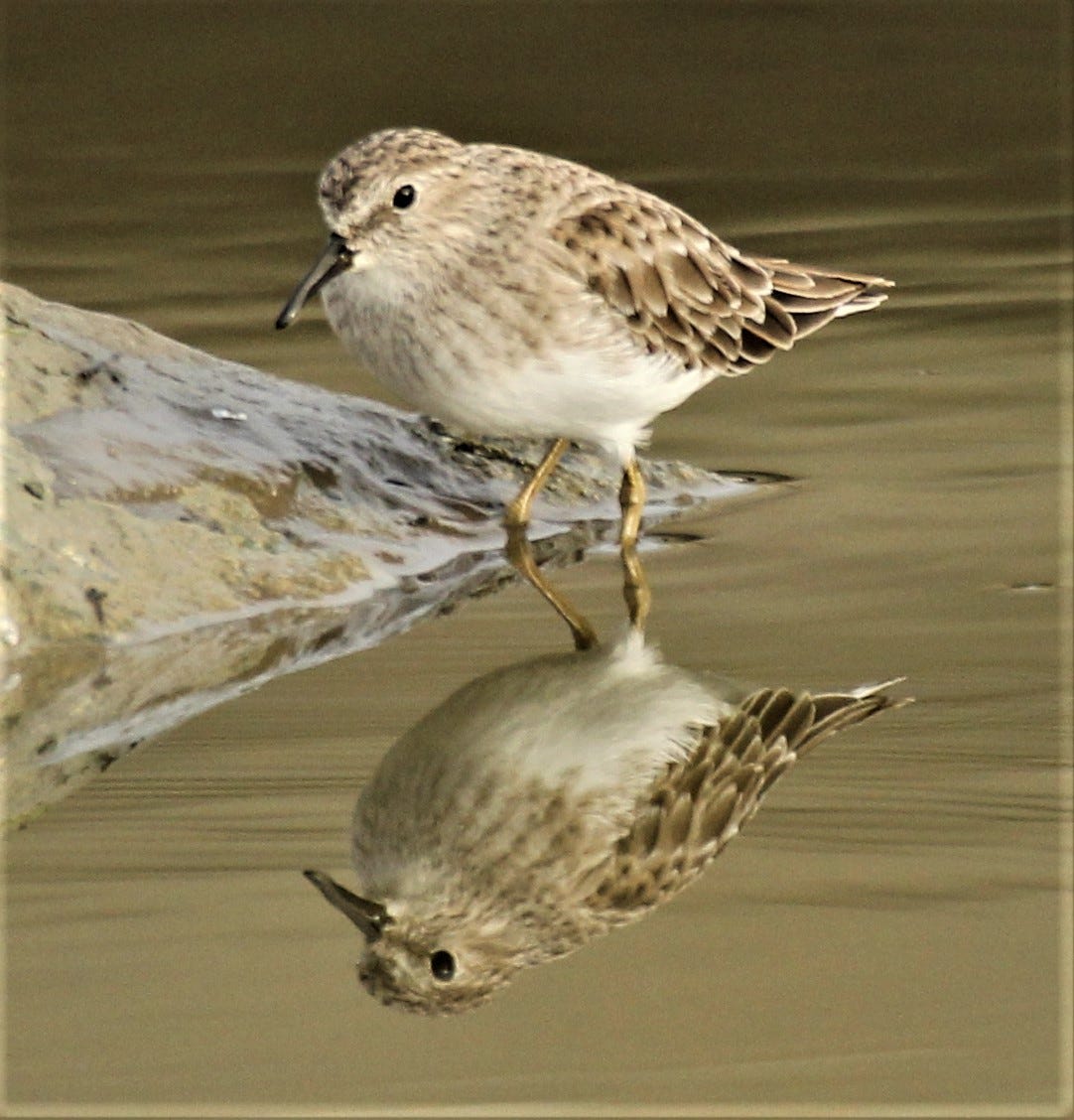
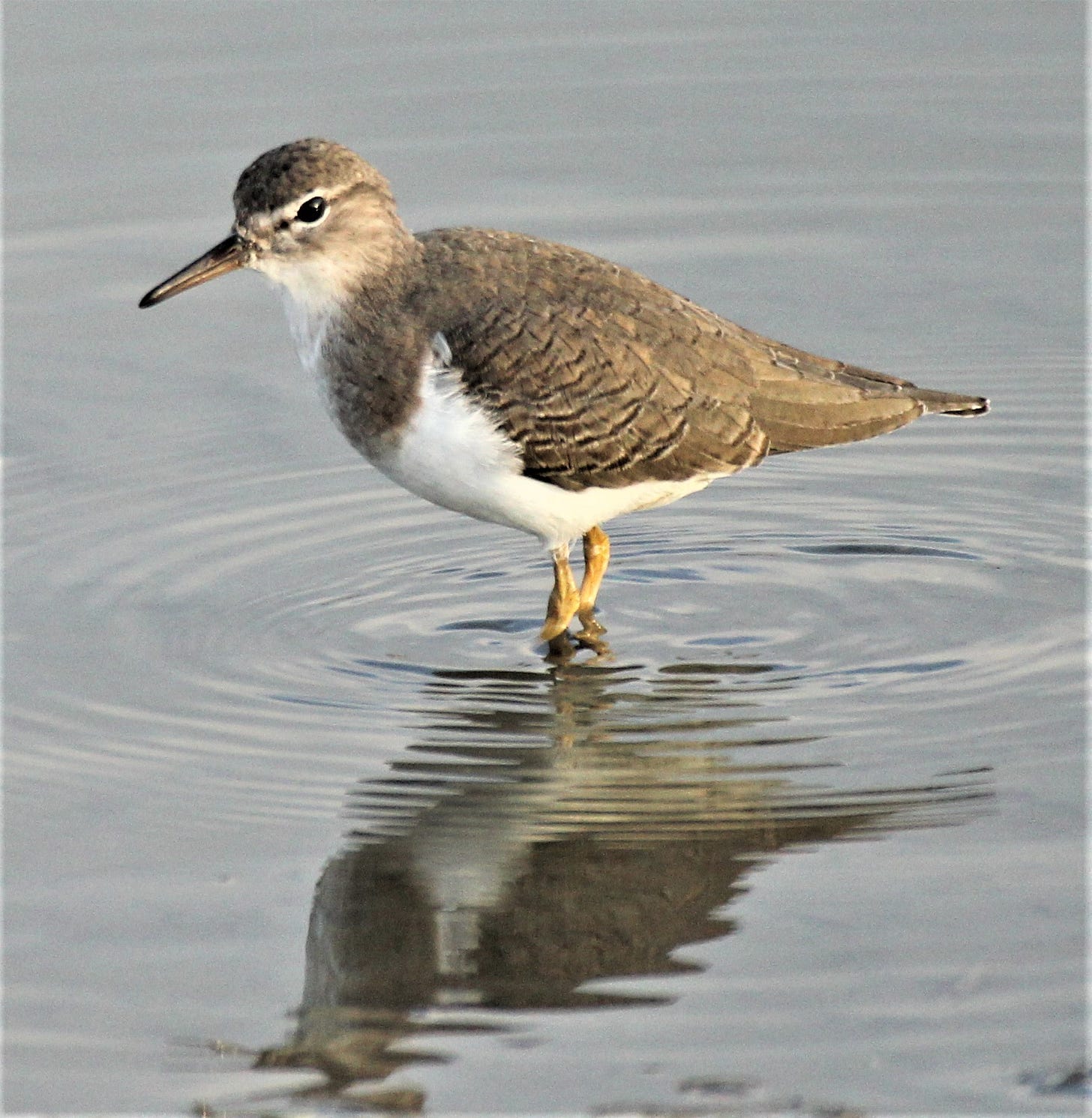
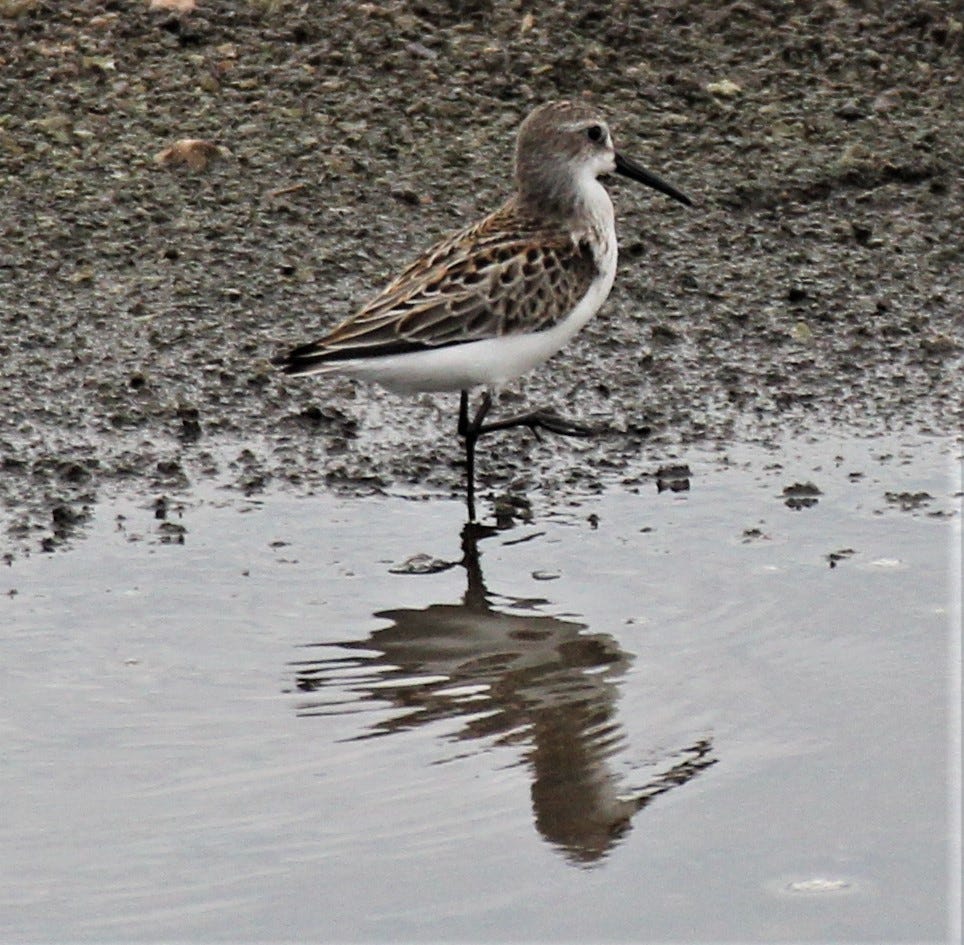
I’m here for the sandpipers, and several of the flooded basins hold least, spotted, solitary, and western sandpipers. At the farthest basin, Ron Beck, one of those megabirders who can hear in the frequencies and range of a canine, points out a single semipalmated sandpiper, calling attention to the shorter, straighter bill and darker cheeks than the neighboring westerns. I take photos, but to me they’re all “peeps.”
“Black tern!” Ron points to the southwest. I happen to be looking in that direction, but my mind is still registering bird when he shouts the ID.
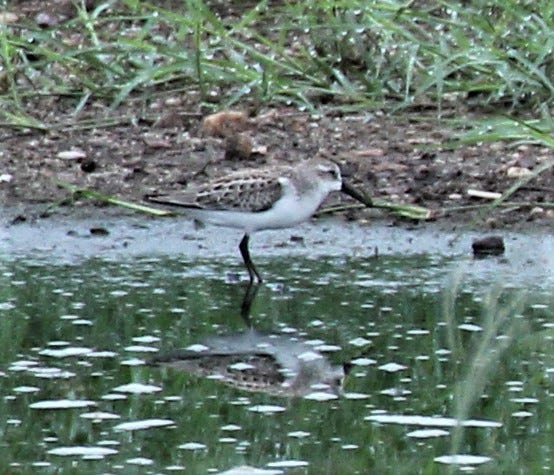
Thanks for subscribing!


